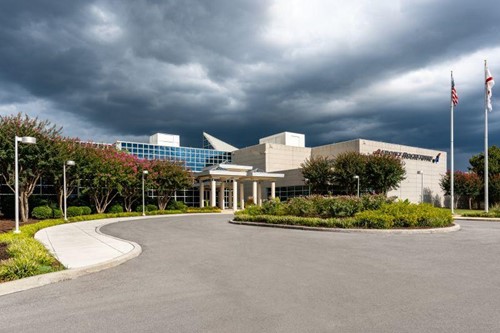News
H2-fueled rocket engine completes final acceptance test in U.S.

The world’s most powerful H2-fueled rocket engine built by Aerojet Rocketdyne, the RS-68A, completed its final hot-fire acceptance test for use on the United Launch Alliance (ULA) Delta IV Heavy launch vehicle on the B-1 Test Stand at NASA’s Stennis Space Center in Mississippi.
ULA’s Delta IV Heavy rocket uses three Aerojet Rocketdyne RS-68A engines; one on each of its three common booster cores to launch the nation’s most critical spacecraft into orbit. The three RS-68A engines combine to generate more than two million pounds of thrust for the Delta IV Heavy.
“The throttleable RS-68A engine has been the centerpiece of the Delta IV Heavy rocket for more than 15 years,” said Eileen P. Drake, Aerojet Rocketdyne CEO and president.
Conceived using a simplified design approach to lower cost while maintaining its overall reliability, the original variant of the engine, the RS-68, was first tested at Edwards Air Force Base in California; testing later moved to Stennis in 2000. The RS-68 powered Delta IV made its inaugural flight in 2002.
The upgraded RS-68A, which generates 705,000 lbs of thrust at sea level, completed its first test firing in September 2008, was certified in April 2011 and made its inaugural flight in June 2012.
In addition to launching numerous payloads supporting the U.S. Air Force Space Command and the National Reconnaissance Office, the Delta IV Heavy carried NASA’s Orion spacecraft on the EFT-1 mission in December 2014, and launched the Parker Solar Probe on its mission to unlock the mysteries of the Sun in August 2018. The Delta IV Heavy, powered by the RS-68A engine, continues to be the primary heavy-lift launch vehicle for the United States.
The Delta IV Heavy has four launches remaining.

